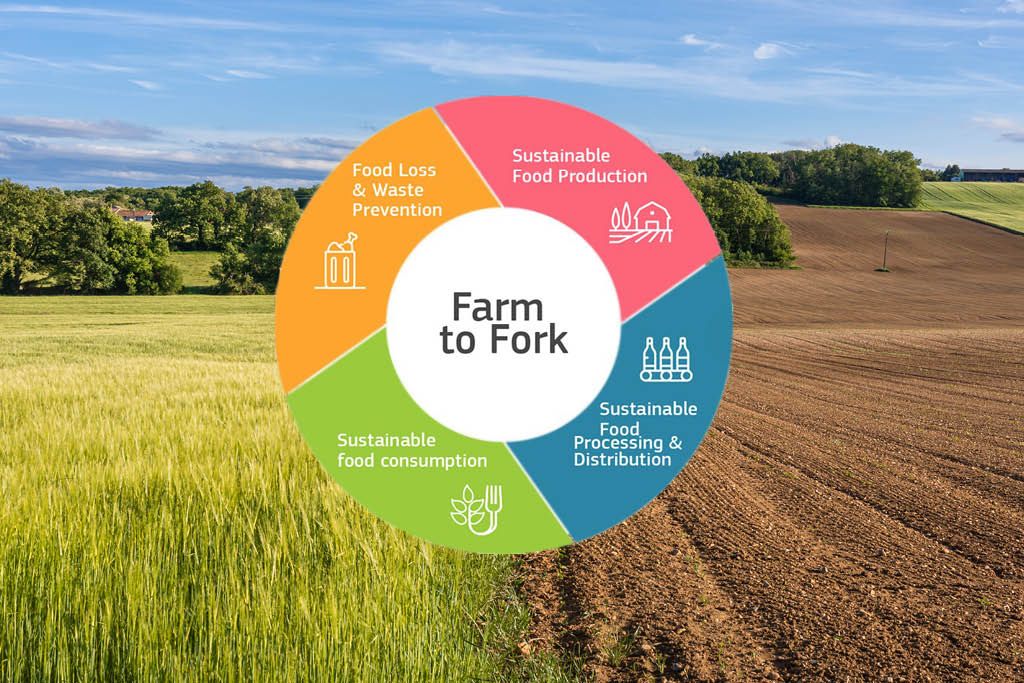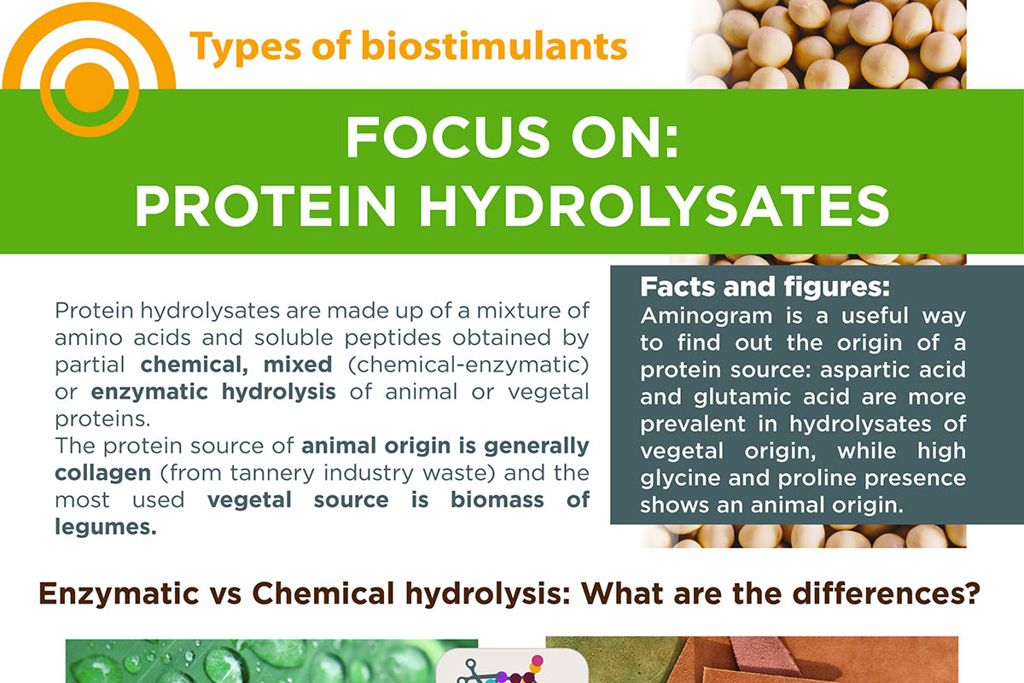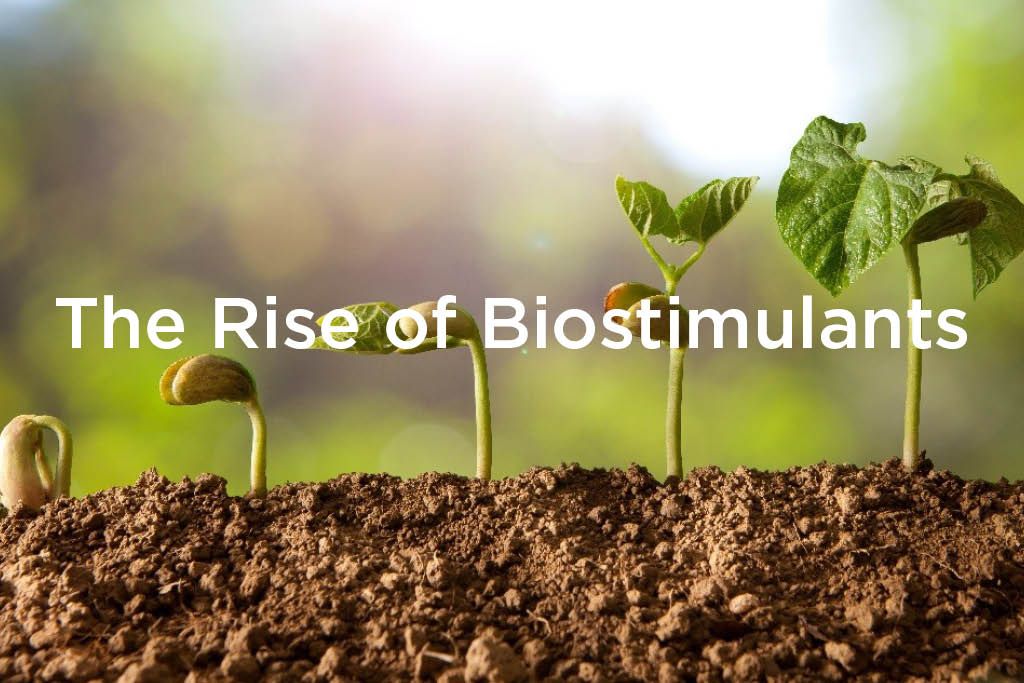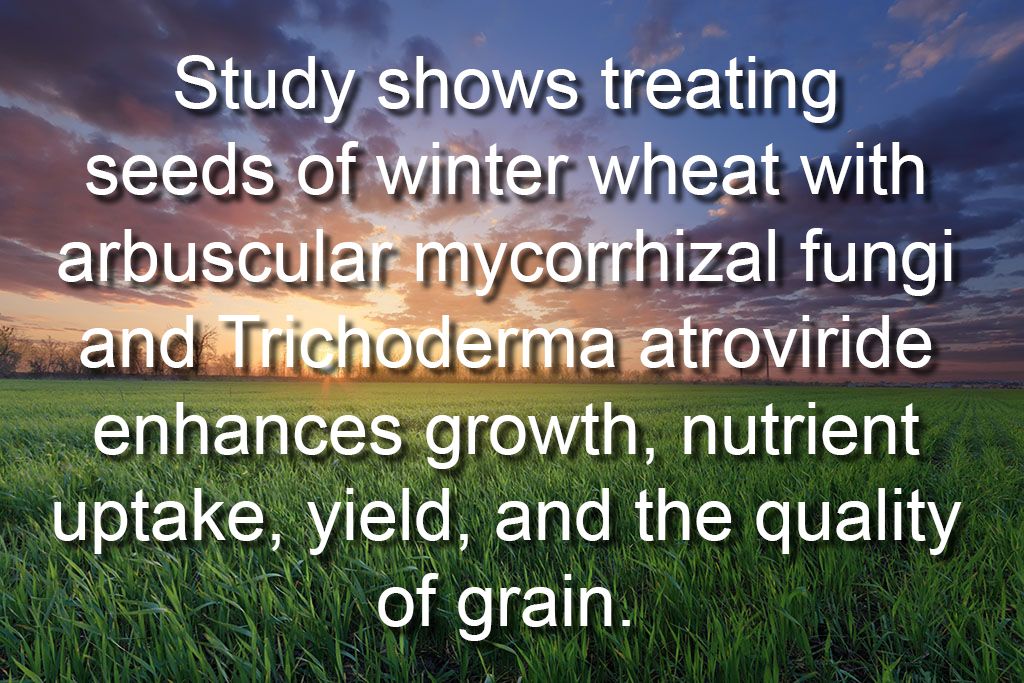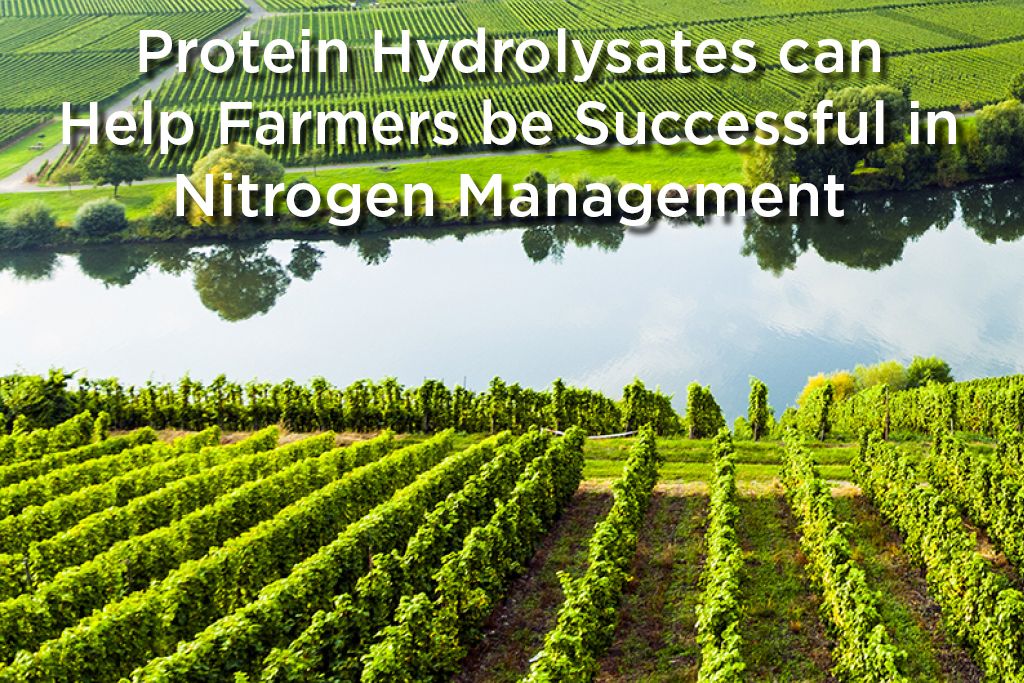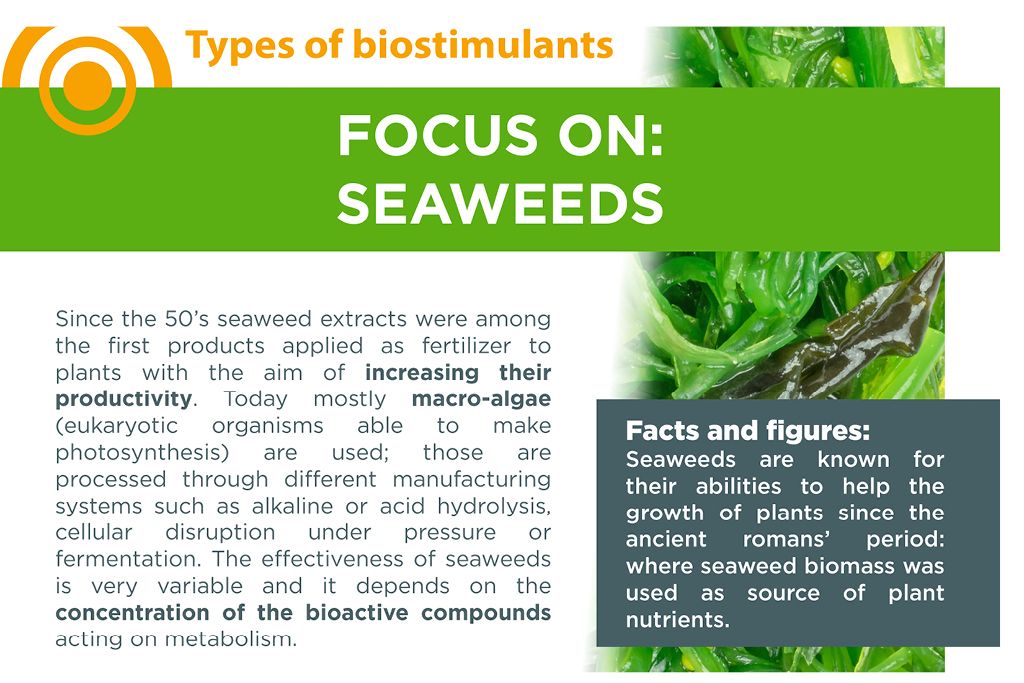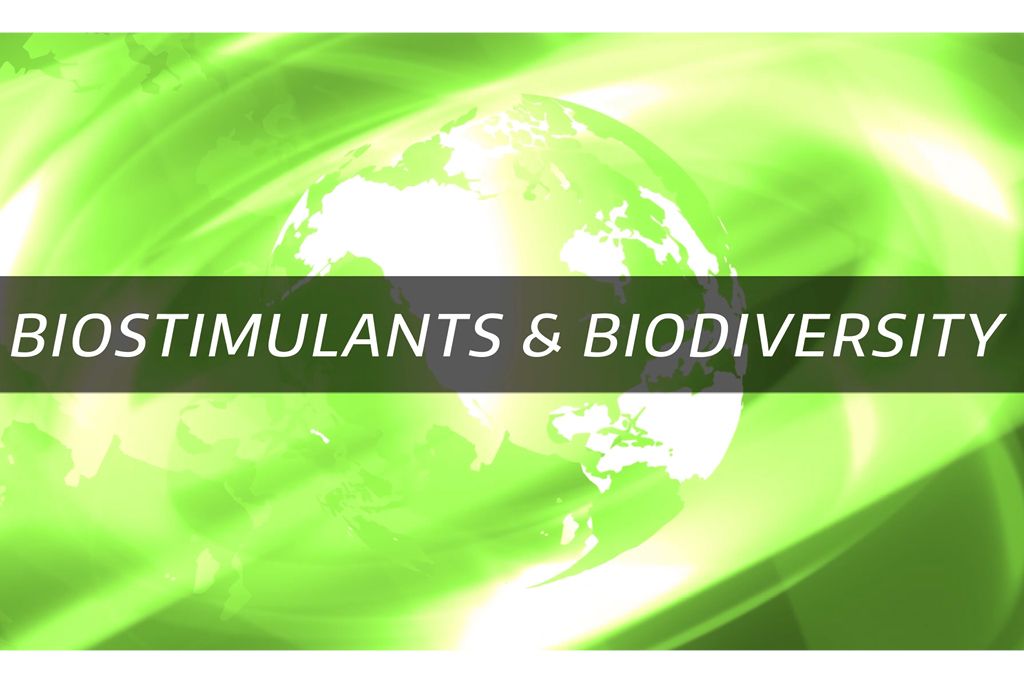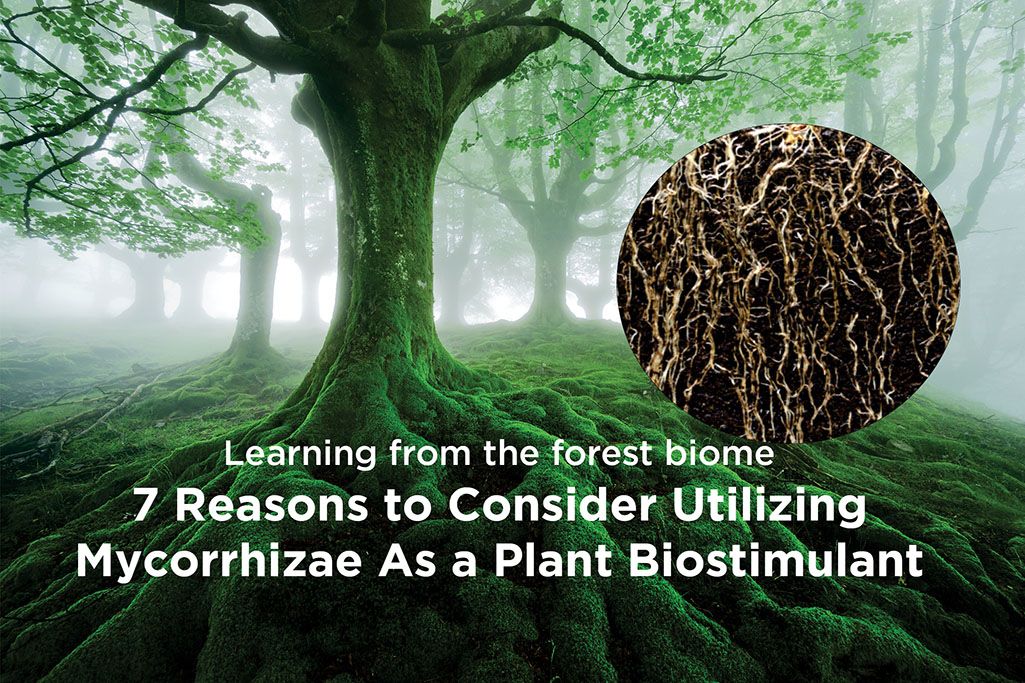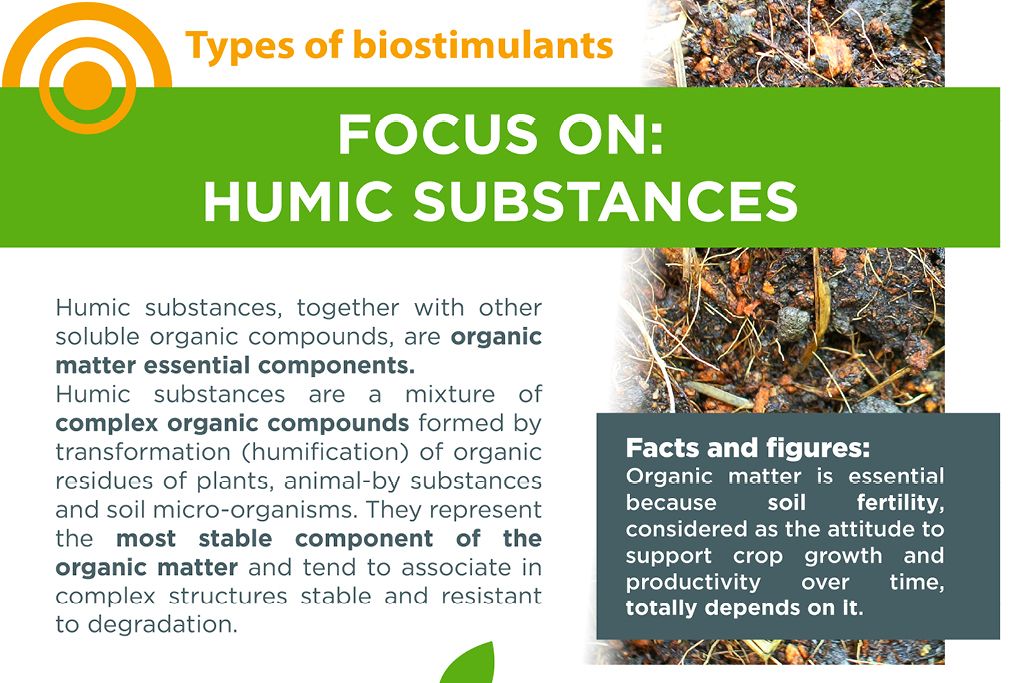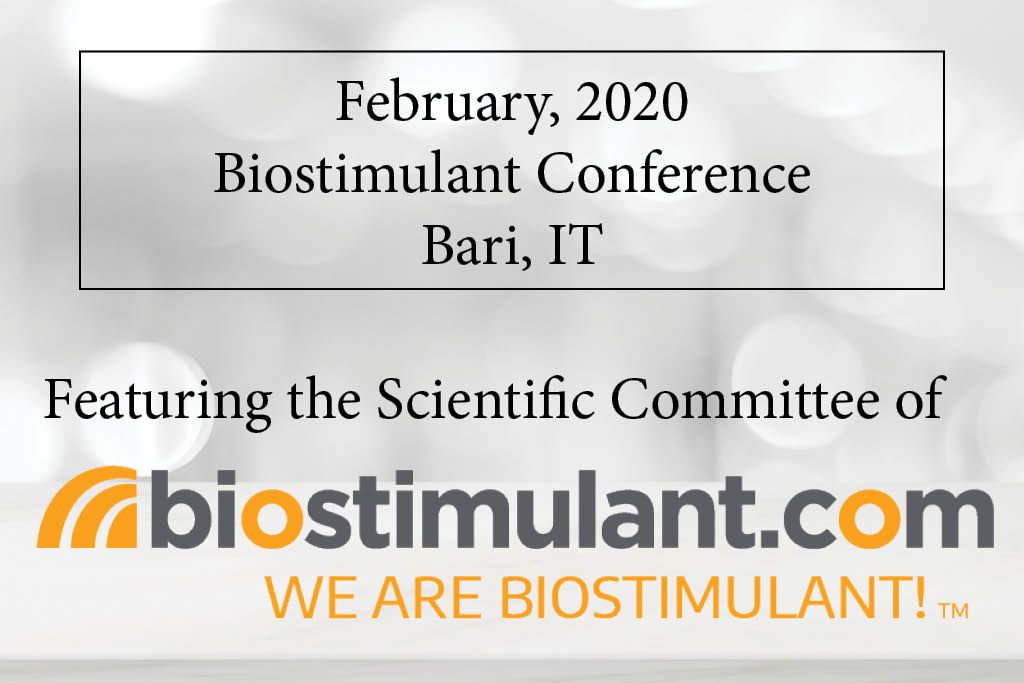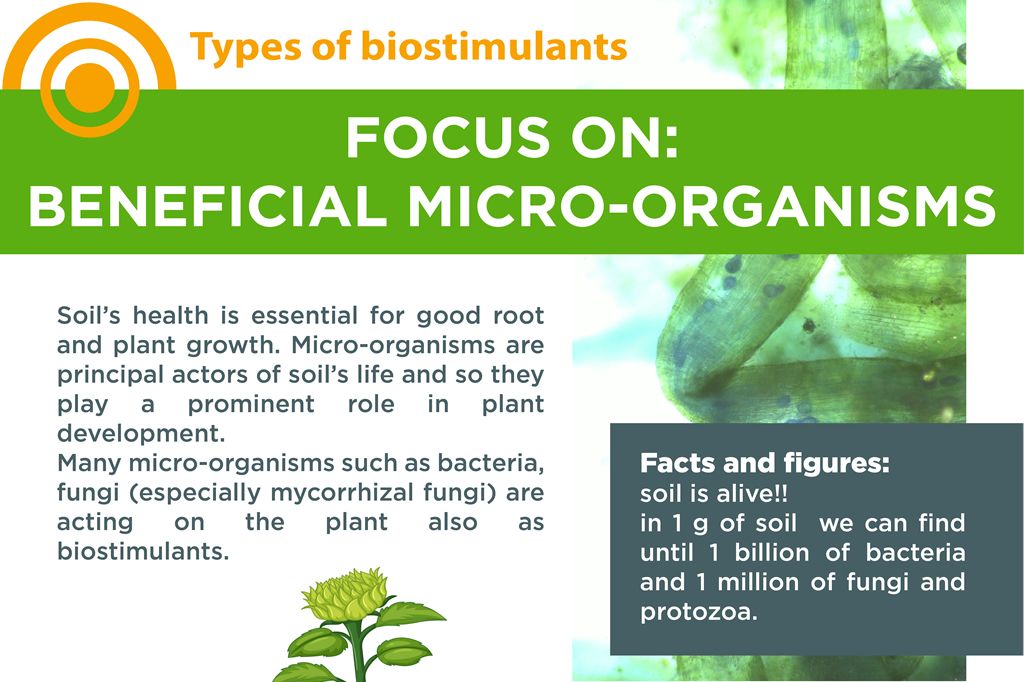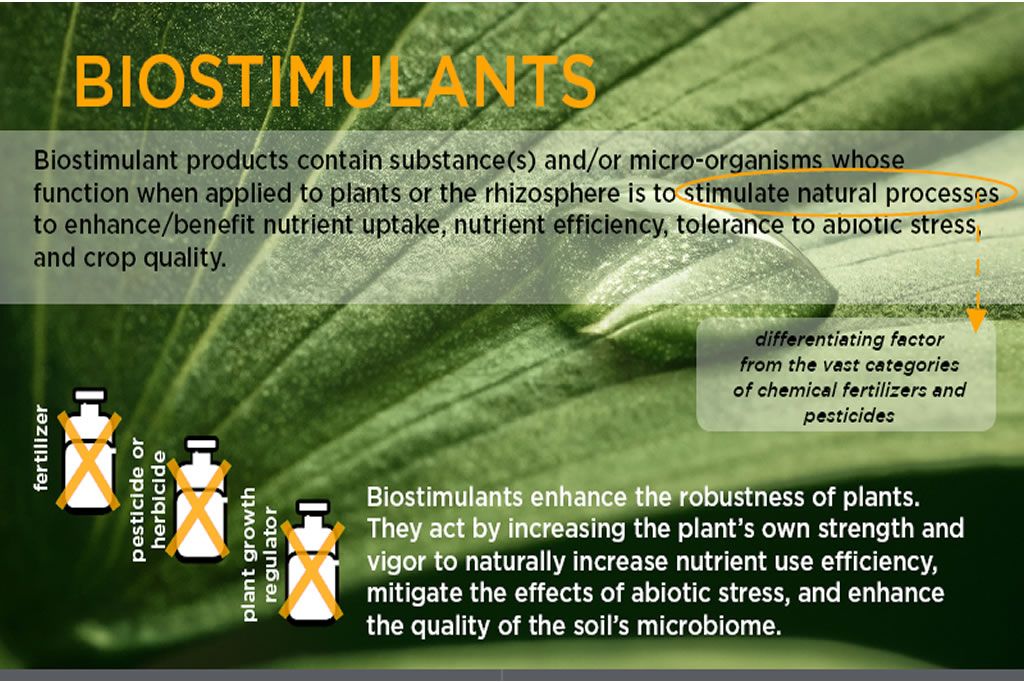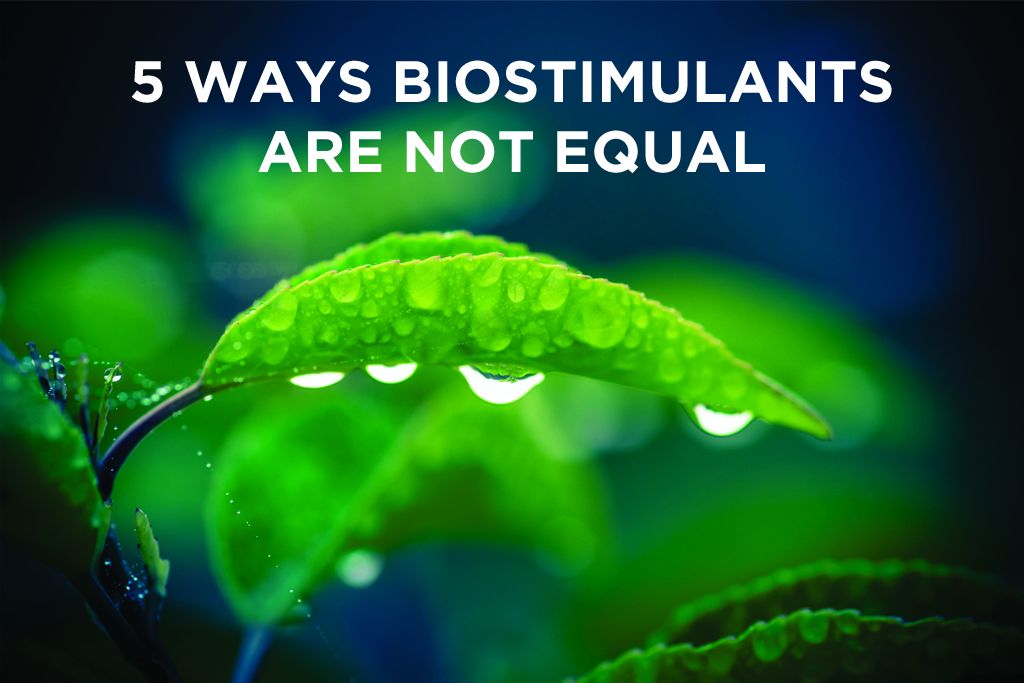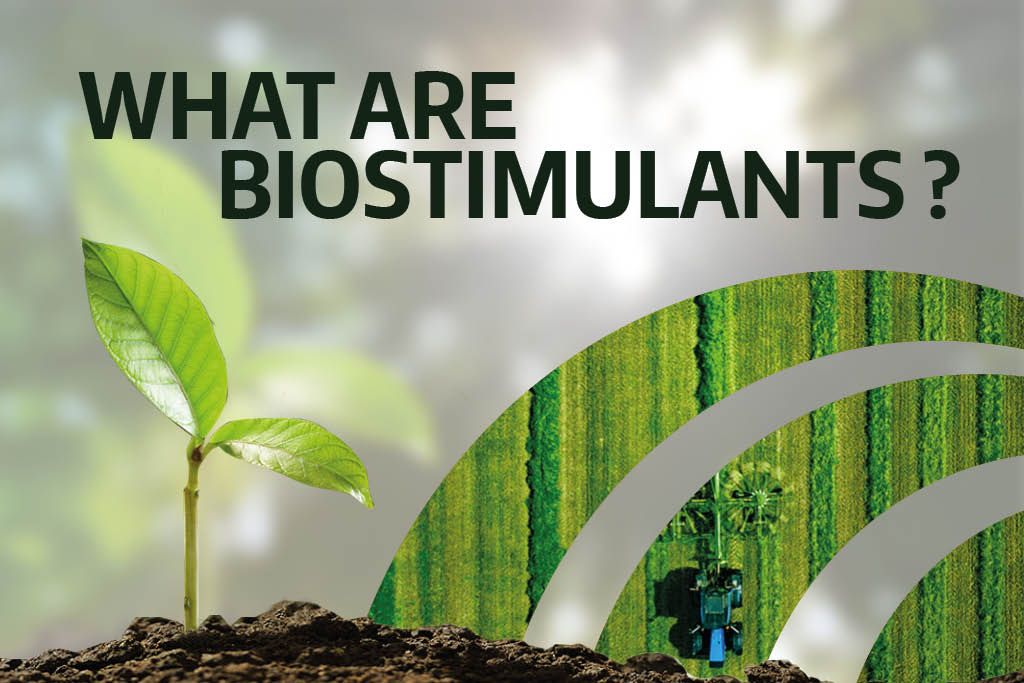BLOG #25
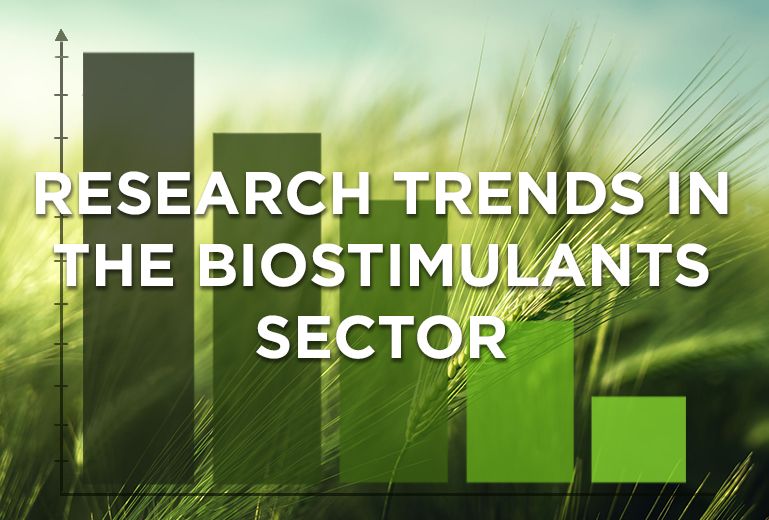
RESEARCH TRENDS IN THE BIOSTIMULANTS SECTOR
Despite the law has remained a bit ambiguous for years, and only now, finally, authorities are working to clearly define this category of products, biostimulants have entered forcefully as “must have” products among farmers portfolio, essentially because they are a promising and environmental-friendly innovation to enhance the sustainability of agricultural production. In this article, we investigate the new trends of the research in the biostimulants sector, analyzing the time frame from 1997 to 2020, from the birth of the sector until today.
International Scientific Production: overview
Biostimulants represent a recent technological innovation in agriculture and the high interest in substances and microorganisms with a biostimulant action is documented by scientific literature. Research activity in the biostimulant sector has seen a strong increase in the number of publications in the last 10 years and particularly in the last 5 years with an exponential growth. In 2020, over 300 papers referring to biostimulants have been published at international level. It is interesting to highlight that the increase in scientific publications follows the turnover trend of the sector which has gone from 1,6 billion $ in 2015 to 2,6 billion $ in 2020 (Figure 1). The reasons for the market rise have to be found in the growing need to reduce the loss caused to crops by abiotic stress, more and more frequent due to climate change and the need to increase the efficiency of use of chemical inputs, and to reduce the environmental impact of production systems. A further growth driver is linked to the impact biostimulants exert on the quality of edible products such as the possibility of improving the product characteristics (size, color), increasing nutraceutical value, reducing the presence of undesirable substances such as nitrates and heavy metals.
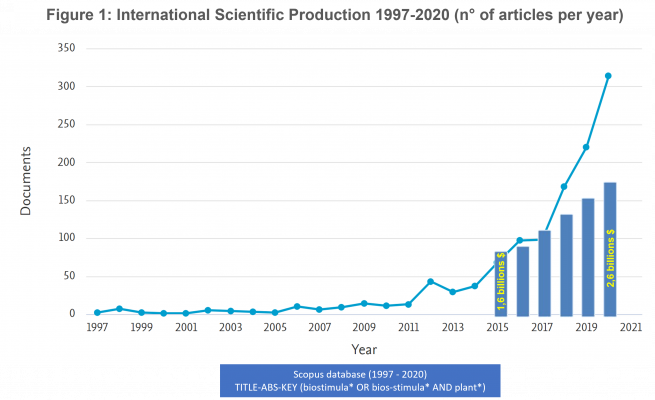
Analyzing the breakdown of scientific articles, published between 1997 and 2020, by biostimulant substance, excluding microorganisms, it can be observed that seaweed and humic substances were the most studied, followed by protein hydrolysates, microalgae and silicon (Figure 2). Specifically, microalgae have been recently introduced in the field of biostimulants and therefore publications relating to this category are recent. Instead, for microbial biostimulants most of the studies involved mycorrhizal fungi and nitrogen-fixing microorganisms (Figure 3).
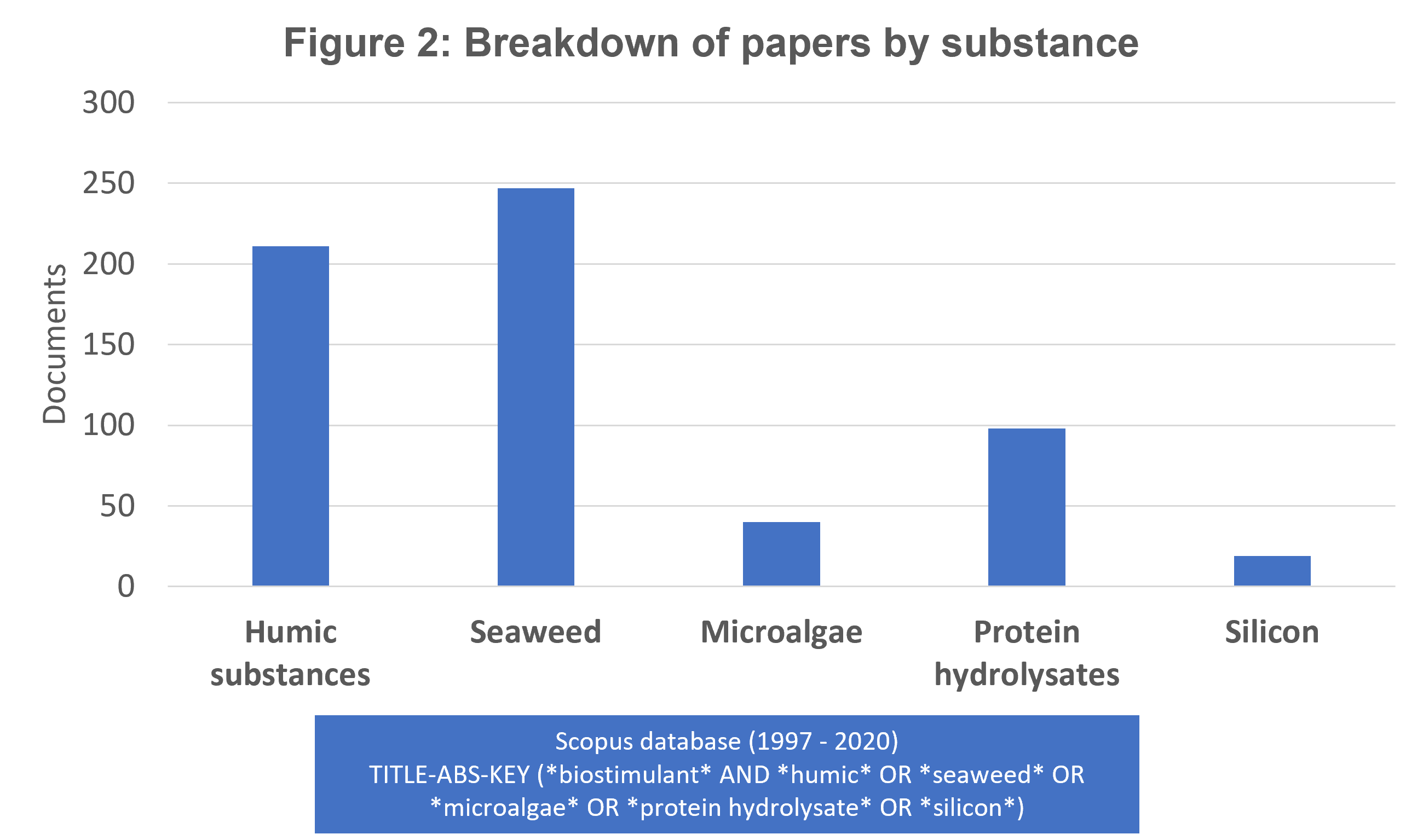
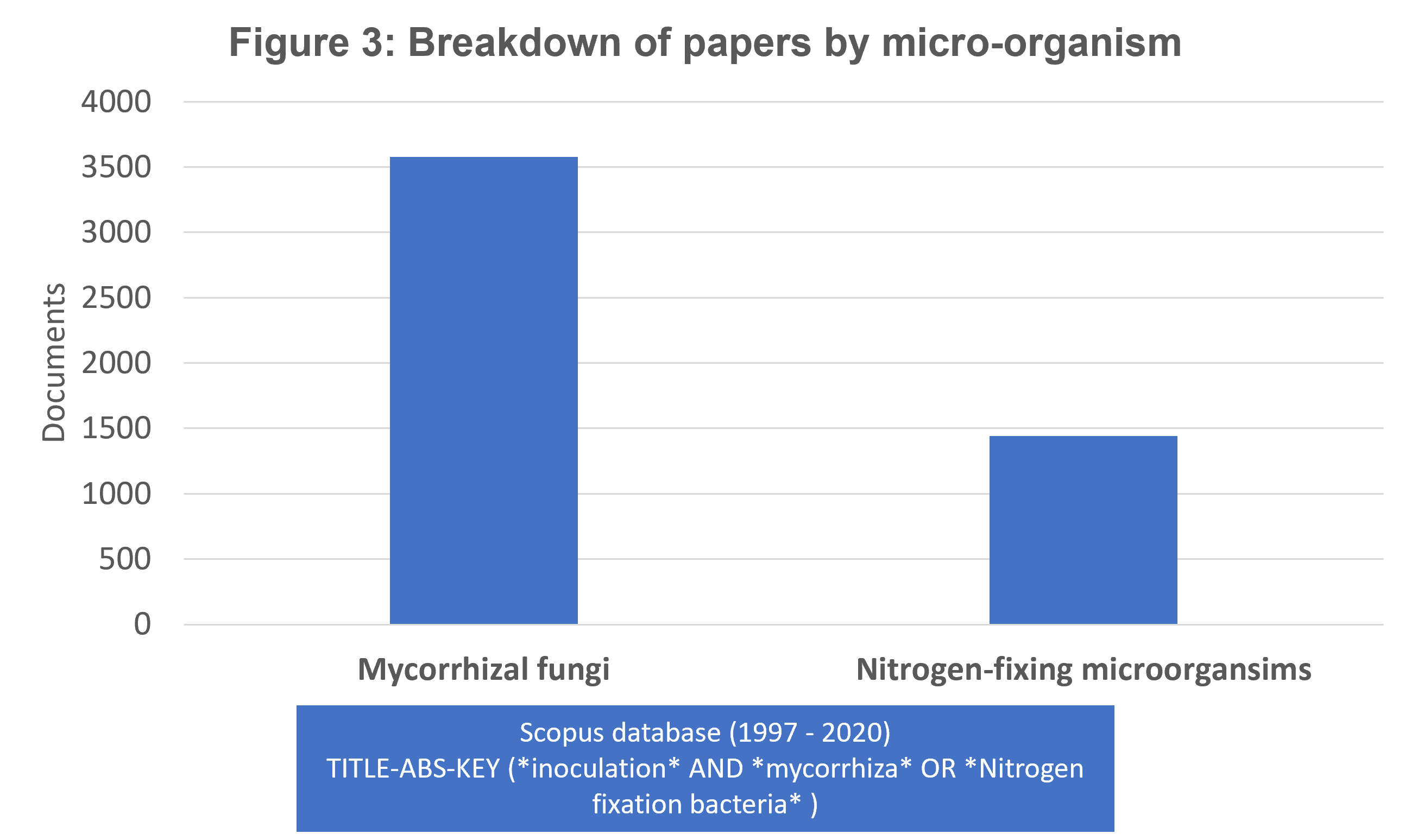
Research activity on biostimulant effects have been focused especially on resistance to abiotic stress followed by improvement of product quality and then enhancement of nutrient uptake (Figure 4).
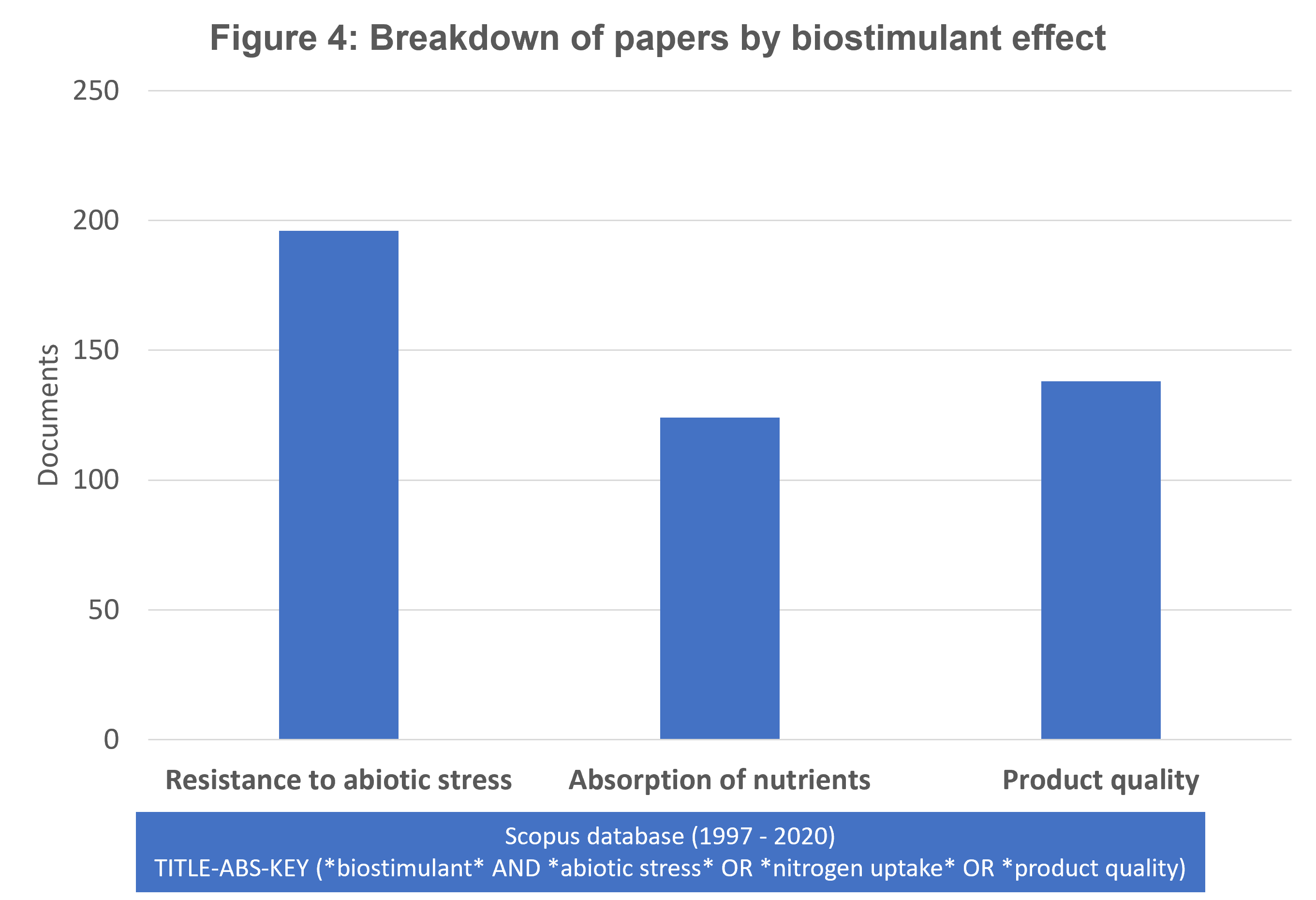
Geographic distribution and research groups
Geographically, Italy is the leader country for number of scientific publications, with over 250 articles published from 1997 to 2020 (Figure 5). In this rank, Italy is followed by Brazil, Poland, Spain, US, and India.
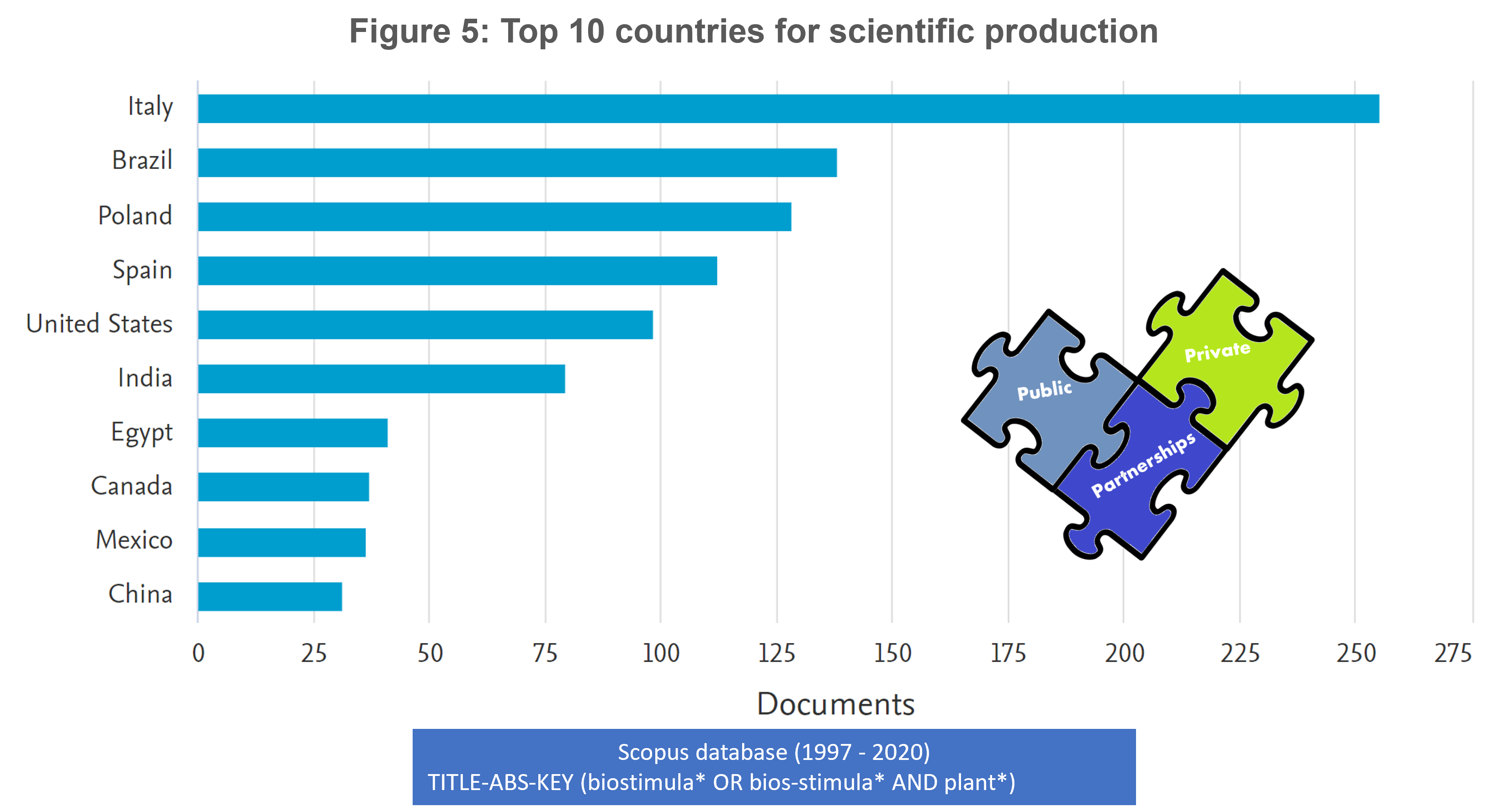
The strong research activity in Italy on biostimulant sector has been often associated with a solid partnership between public institutions and private companies that work together with the aim of testing and developing biostimulant products with specific action addressed to growers’ needs.
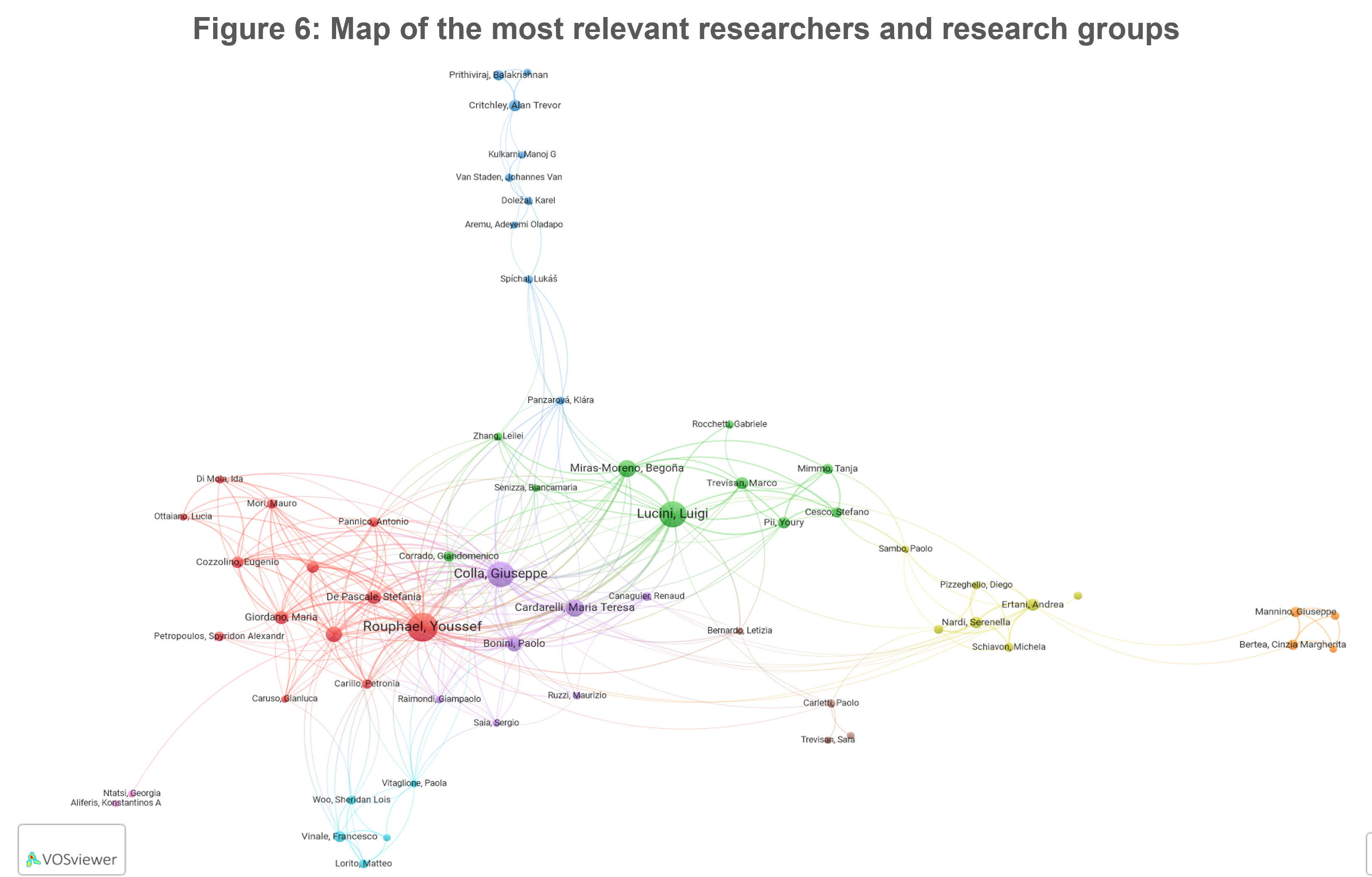
Since Italy is the leader country in the World for number of scientific publications in the biostimulant sector it’s obvious that the top scientists come from Italian universities and research institutions. In figure 6, the map shows the top scientists in the biostimulants sector and the collaborations among them. The top scientists in this field are Professor Giuseppe Colla of Tuscia University (IT), who leads the Scientific Committee of biostimulant.com, Professor Youssef Rouphael of the University of Naples (IT), and Professor Luigi Lucini of Catholic University of the Sacred Heart, Piacenza (IT) also both members of biostimulant.com scientific committee.
The biostimulant sector is confirmed as a dynamic sector in which research activity is growing very fast and follows the expansion trend of the market. Humic substances, seaweed extracts and protein hydrolysates are the most studied biostimulants, while mycorrhizae are on top among microbial biostimulants. The most studied biostimulant effect is the resistance to abiotic stress, followed by product quality and nutrient uptake. Italy is the country that leads the World ranking by number of scientific publications thanks to the growing private and public investments.
Scopus® database: https://www.scopus.com/
MarketsandMarkets™: https://www.marketsandmarkets.com/


